Over the three days we had over 80 attendees representing academia, research centres, start up companies and large multinational corporations. We have received positive feedback for both the fully-booked training and forum sections of the event and include a snapshot of the event below.
Keynote Speakers
Prof Richard Leach, University of Nottingham
Data-driven surface and shape measurement
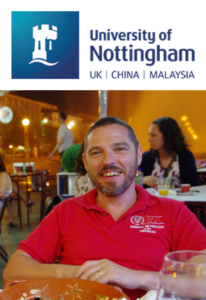 Richard is currently a Professor in Metrology at the University of Nottingham and prior to this spent 25 years at the National Physical Laboratory. He has been researching and lecturing on surface metrology for 30 years. He is on the Council of the European Society of Precision Engineering and Nanotechnology, the Board of the American Society of Precision Engineering and several international standards committees.
Richard is currently a Professor in Metrology at the University of Nottingham and prior to this spent 25 years at the National Physical Laboratory. He has been researching and lecturing on surface metrology for 30 years. He is on the Council of the European Society of Precision Engineering and Nanotechnology, the Board of the American Society of Precision Engineering and several international standards committees.
He is the European Editor-in-Chief for Precision Engineering and has over 500 publications including six textbooks. He is a Fellow of the Institute of Physics, the Institution of Engineering & Technology, Higher Education Authority, the Institute of Measurement & Control, and the International Society of Nanomanufacturing. He is a visiting professor at Loughborough University and the Harbin Institute of Technology.
Mr James F. Hunter, Los Alamos National Laboratory
MeV X-Ray Computed Tomography In Practice – An Overview of Volumetric Imaging at Los Alamos National Lab with In-Depth Discussion of High Energy X-Ray and Neutron Imaging
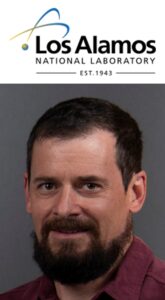 James Hunter is team leader for the Special Projects team within the Non-Destructive Testing Group at Los Alamos National Laboratory in Northern New Mexico, USA. The NDT group runs about 15 computed tomography (CT) systems at any given time and uses or oversees a number of others. James has twenty years of experience in CT and currently serves as the subject matter expert in this capability for LANL. James started his career at LANL writing a large portion of LANL’s CT reconstruction code Recon including implementation of dual energy solution and reconstruction. He then transitioned into technique and system development and has worked in a range of CT areas from micron and sub-micron resolution synchrotron imaging all the way up to developing LANL’s 6-20MeV high energy CT system and a fast neutron imaging systems at LANL’s LANSCE accelerator facility. Today James leads the Special Projects team which develops imaging and tomography systems to fulfil new requirements in support of LANL and the broader US Department of Energy Complex. His most recent focus includes improving high energy 2-D detectors for use in the 6-20MeV range to support an increasing demand in this area.
James Hunter is team leader for the Special Projects team within the Non-Destructive Testing Group at Los Alamos National Laboratory in Northern New Mexico, USA. The NDT group runs about 15 computed tomography (CT) systems at any given time and uses or oversees a number of others. James has twenty years of experience in CT and currently serves as the subject matter expert in this capability for LANL. James started his career at LANL writing a large portion of LANL’s CT reconstruction code Recon including implementation of dual energy solution and reconstruction. He then transitioned into technique and system development and has worked in a range of CT areas from micron and sub-micron resolution synchrotron imaging all the way up to developing LANL’s 6-20MeV high energy CT system and a fast neutron imaging systems at LANL’s LANSCE accelerator facility. Today James leads the Special Projects team which develops imaging and tomography systems to fulfil new requirements in support of LANL and the broader US Department of Energy Complex. His most recent focus includes improving high energy 2-D detectors for use in the 6-20MeV range to support an increasing demand in this area.
Additional Speakers
- Andreas Wiegmann, Math2Market
- Celia Butler, Synopsys
- Bethany Keenan, Cardiff University
- Muhammad Sajid Khan, Army Public College of Management & Sciences UET Taxila
- Xuekun Lu, UCL
- Anton du Plessis, Stellenbosch University
- Joel Strickland, University of Leicester
- Ifeanyichukwu Echeta, University of Nottingham
- Beate Lauterbach, Volume Graphics GmbH
- James Le Houx, University of Southampton
- Oxana Shishkina, Siemens Digital Industries Software
- Emrah Sozumert, Swansea University
- Franck Vidal, Bangor University
Programme
The presenters of the keynote and invited talks delivered during the forum (day 3) have kindly given permission for us to share the recordings of their contributions. Additionally, the majority of content prepared for the forum’s special sessions have kindly been made available to view by the authors.
Mon 7 Sep 2020
The training sessions in IBSim-4i 2020 will use the GeoDict software and be delivered by the Math2Market team.
- 12:45 – Session 1
Image processing for µCT and FIB-SEM and geometric material modelling - 14:45 – Break
- 15:00 – Session 2
Material Property Computations: Flow, Diffusion, Conduction, small and large deformations - 17:00 – End
Tue 8 Sep 2020
The training sessions in IBSim-4i 2020 will use the GeoDict software and be delivered by the Math2Market team.
- 12:45 – Session 3
Postprocessing / Visualization: 1D, 2D and 3D images and animations, export to 3D printers - 14:45 – Break
- 15:00 – Session 4
Enhanced productivity with Python: automation, parameter studies, Powerpoint slide generation - 17:00 – End
Wed 9 Sep 2020
- 9:30 – Welcome
Llion Evans, IBSim-4i Chair - 9:45 – Keynote 1
Richard Leach, University of Nottingham
“Data-driven surface and shape measurement” - 10:30 – Presentation 1
Andreas Wiegmann, Math2Market
“GeoDict – an integrated environment for image-based simulation and design of materials and processes” - 10:55 – Break
- 11:30 – Special Session 1
- Celia Butler, Synopsys
“Rapid 3D Inspection of AM Components using CT: From Defect Detection to Thermal Performance Simulation” - Bethany Keenan, Cardiff University
“3D MRI-based FE models of the lower leg and buttocks” - Muhammad Sajid Khan, Army Public College of Management & Sciences UET Taxila
“Skeleton based Human Action Recognition using a Structured-Tree Neural Network” - Anton du Plessis, Stellenbosch University
“X-ray tomography in additive manufacturing: image-based simulation capabilities and requirements” - Joel Strickland, University of Leicester
“Feature extraction and stereological characterisation of single crystal solidification structure”
- Celia Butler, Synopsys
- 12:20 – Lunch
- 13:20 – Special Session 2
- Ifeanyichukwu Echeta, University of Nottingham
“Analysis of defects in additively manufactured lattice structures” - Beate Lauterbach, Volume Graphics GmbH
“Including porosity in as-build parts in classical Finite-Element Simulation” - James Le Houx, University of Southampton
“OpenImpala – OPEN source IMage based PArallisable Linear Algebra solver” - Oxana Shishkina, Siemens Digital Industries Software
“Virtual materials engineering in Siemens Simcenter 3D” - Emrah Sozumert, Swansea University
“Mechanical Simulations of Nonwovens Informing Micro CT images” - Franck Vidal, Bangor University
“Introduction to X-ray simulation on GPU using gVirtualXRay”
- Ifeanyichukwu Echeta, University of Nottingham
- 14:10 – Break
- 14:40 – Presentation 2
Xuekun Lu, University College London
“3D microstructure design of lithium-ion battery electrodes assisted by image-based modelling” - 15:05 – Keynote 2
James F. Hunter, Los Alamos National Laboratory
“MeV X-Ray Computed Tomography In Practice – An Overview of Volumetric Imaging at Los Alamos National Lab with In-Depth Discussion of High Energy X-Ray and Neutron Imaging” - 15:50 – Wrap up
- 16:05 – End
Training
Forum
Morning Session
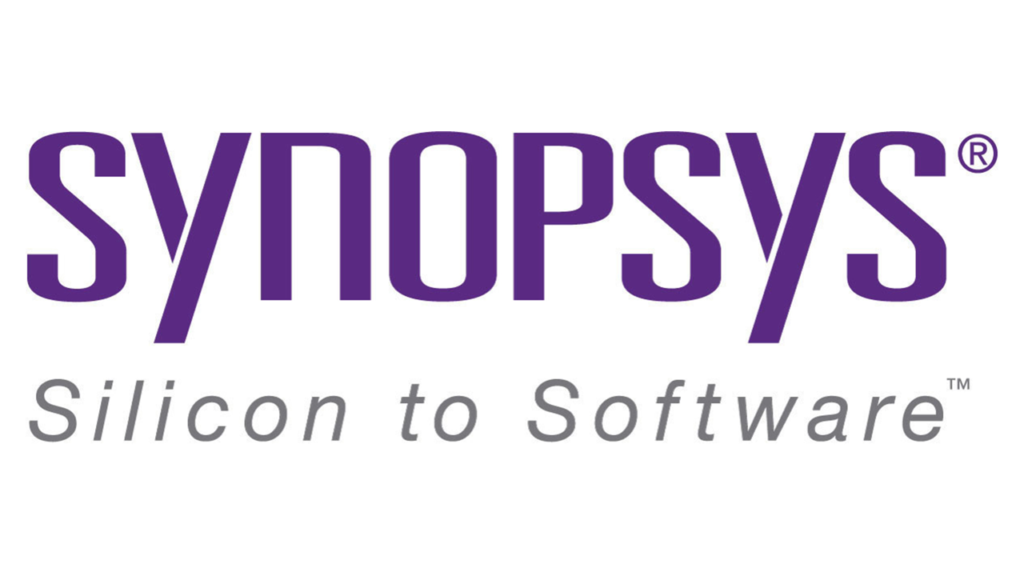
Rapid 3D Inspection of AM Components using CT: From Defect Detection to Thermal Performance Simulation
Dr Celia Butler is a Senior Applications Engineer for Synopsys and a Honorary Senior Lecturer for the University of Exeter. Celia works closely with engineers and researchers to generate high quality models used to solve complex problems through service projects, technical support and training. Celia has over 10 years’ experience leading research projects and product development in commercial and academic teams.
– Paper
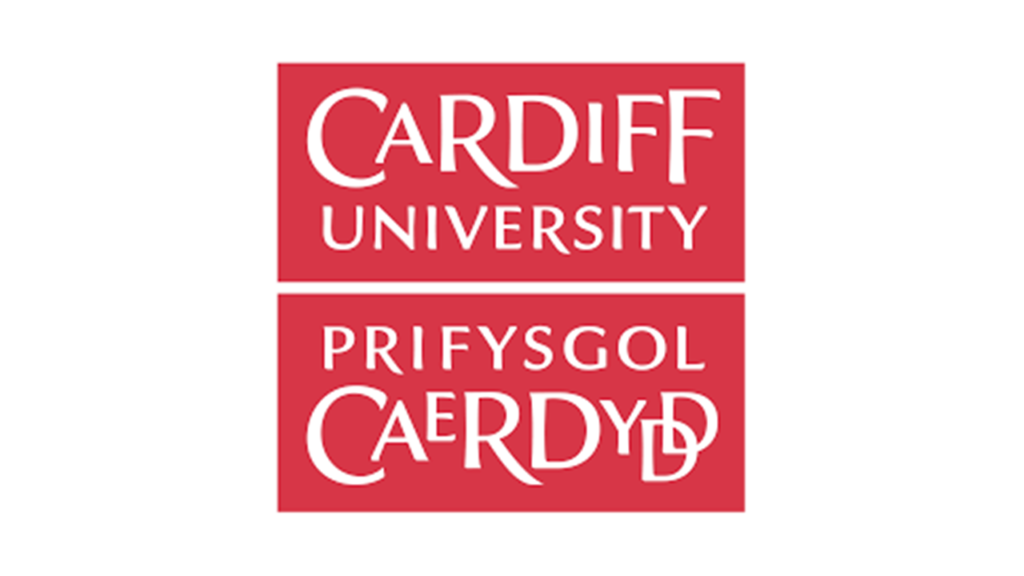
3D FE models of the lower leg and buttocks – prevention and treatment of pressure ulcers
Dr Bethany Keenan is a Chartered Engineer and a Member of the IMechE. Her research focuses on medical imaging and soft tissue mechanics. She works with clinical and industry collaborators, and researchers from Universities world-wide. Her current projects involve 3D MRI-based FE models of the lower leg and foot to improve prevention and treatment of heel pressure ulcers; and biplanar x-ray FE models of the buttocks to investigate the influence of seated posture and the implications this has on adult wheelchair users.
– Slides

Skeleton based Human Action Recognition using a Structured-Tree Neural Network
Dr Muhammad Sajid Khan’s current research interests include Computer Vision, Automation in 3D Face Reconstruction, Recognition, Iris detection, finger print verification. human activity recognition, 3D face modeling, multimedia, graphics, medical image processing, human computer interaction and artificial intelligence algorithms.
– Poster
– Video
– Paper

X-ray tomography in additive manufacturing: image-based simulation capabilities and requirements
Prof Anton du Plessis is based in Stellenbosch, South Africa. He has been developing and managing the Stellenbosch CT facility since 2012 – an open access laboratory involved in a wide variety of industrial and research work. His research is focused on additive manufacturing, X-ray tomography and biomimicry.
– Not all scans are equal: X-ray tomography image quality evaluation
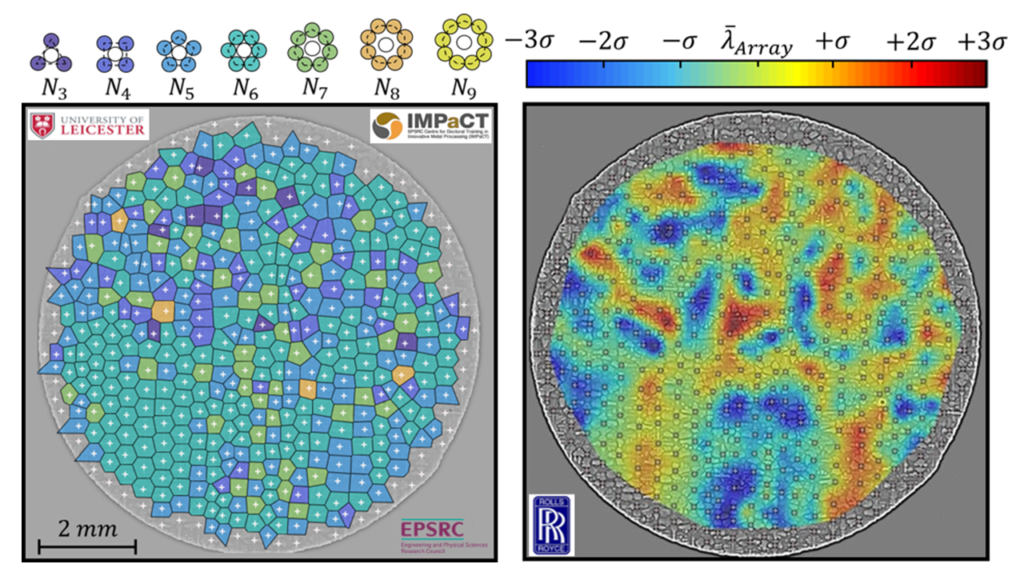
Feature extraction and stereological characterisation of single crystal solidification structure
Joel is a final year PhD student at the University of Leicester. His work uses custom made imaging software to extract microstructural information from solidification structures. He is particularly interested in the relationship between the bulk solidification environment and the resultant microstructure within single crystals. He pays particular attention to quantifying bulk environment changes on microscale formations such as dendritic packing, primary spacing, and the misorientation of the [001] crystallographic plane.
– Poster
– Slides
– On Directional Dendritic Growth and Primary Spacing – A Review
– Automatic Recognition of Dendritic Solidification Structures DenMap
– Applications of pattern recognition for dendritic microstructures
Afternoon Session
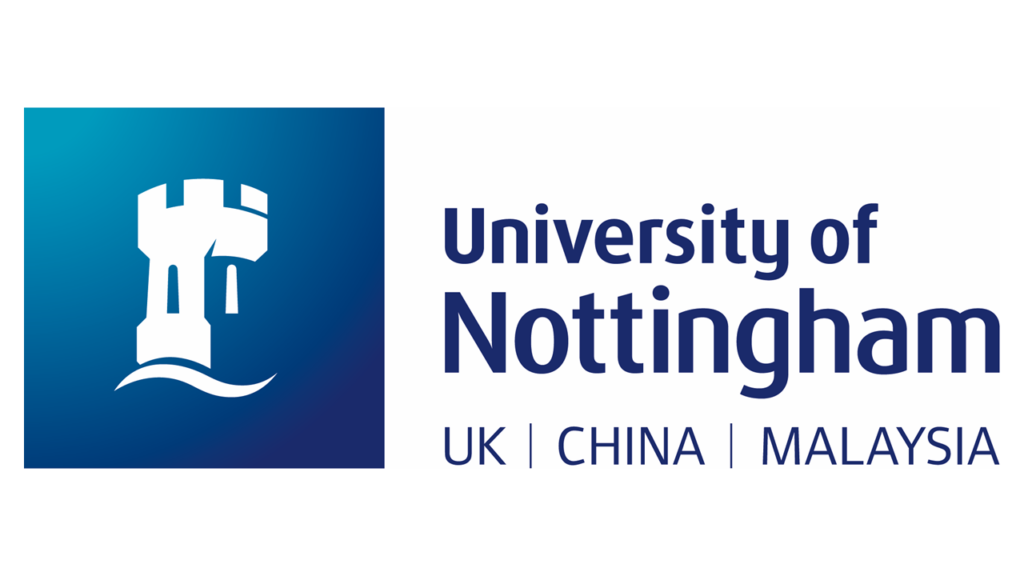
Analysis of defects in additively manufactured lattice structures
Ifeanyi Echeta is a PhD student in the Manufacturing Metrology Team within the Faculty of Engineering at the University of Nottingham. His PhD is part of the CDT in Additive Manufacturing and 3D printing. Ifeanyi’s PhD project, “Analysis of defects in additively manufactured lattice structures”, focuses on developing a finite element approach to model manufacturing defects in lattice structures.
– Poster

Including porosity in as-build parts in classical Finite-Element Simulation
- 2001 PhD on damage in brittle materials TU Darmstadt
- 2001-2004 Simulation Engineer for Fatigue at Ford in Cologne
- 2004-2016 CAE Development Engineer at Opel in Rüsselsheim
- 2016-2019 Supervisor Crashworthiness CAE at Opel in Rüsselsheim
- since 2019 Product Manager Simulation at Volume Graphics in Heidelberg

OpenImpala – OPEN source IMage based PArallisable Linear Algebra solver
OpenImpala is an open-source, data-driven, fully parallelisable, image-based modelling framework. 3D image datasets are used as the computational domain within a finite-differences based model, in order to solve the diffusion equation directly on the CT obtained dataset. OpenImpala calculates the equivalent homogenised transport coefficients for the given microstructure. OpenImpala has been shown to scale well with an increasing number of computational cores on distributed memory architectures, making it applicable to large datasets typical of modern tomography.
– Slides
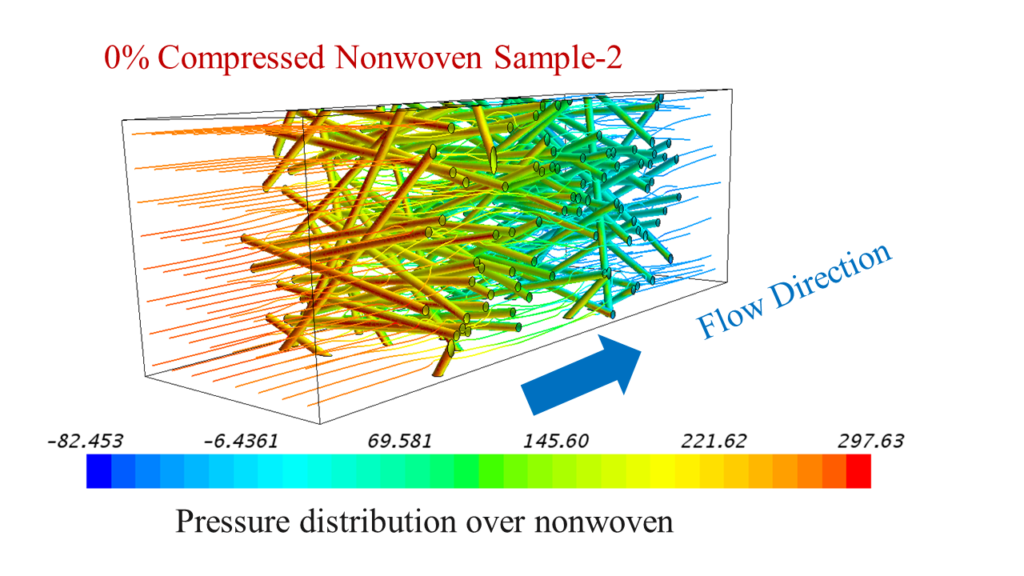
Mechanical Simulations of Nonwovens Informing Micro CT images
Dr Emrah Sozumert is a postdoctoral researcher at the Zienkiewicz Centre for Computational Engineering at Swansea University. He is currently working on Inline virtual qualification from 3D X-ray imaging for high-value manufacturing funded by EPSRC (2020-2023). He was awarded a Ph.D. degree by Wolfson School of Mechanical, Electrical and Manufacturing Engineering at Loughborough University. His Ph.D. research was on multi-scale modelling of polymeric nonwovens, financially supported by Loughborough and North Carolina State Universities. His research interests are image-based modelling, finite-element method, random fibrous networks.
– Slides
– Poster
– Paper
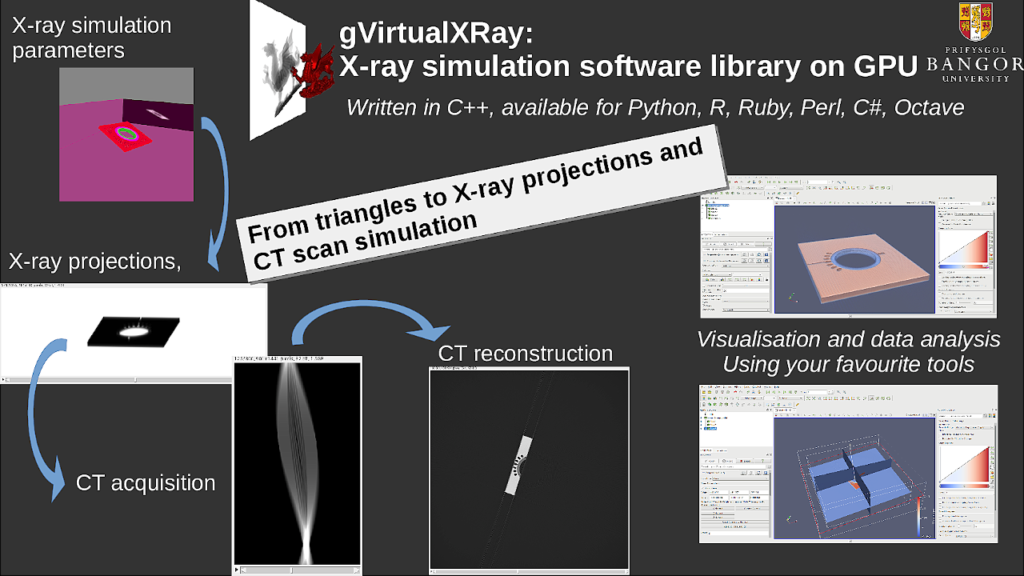
Introduction to X-ray simulation on GPU using gVirtualXRay
Dr Vidal is a Senior Lecturer in Computer Science at Bangor University. He has been interested in the simulation of X-ray imaging techniques since his M.Res. in 2002 when he worked as a trainee researcher at the Laboratory of Nondestructive Testing by Ionising Radiation (CNRDI, INSA-Lyon, France). He conducted experiments at European Synchrotron Radiation Facility (ESRF) to model the point spread function (PSF) of the FreLoN Camera. This model was used in X-ray simulations to study the source of artefacts in μ-CT by synchrotron radiation. Since his Ph.D. he is actively interested in realtime simulation. He created gVirtualXRay, an open source library to simulate X-ray projections using GPU programming. It has been used in various application contexts, including optimisation for reverse engineering of tungsten fibres, designing new clinical imaging techniques, real-time medical simulations for training, realistic data acquisition simulation in CT imaging with patient respiration.
– Videos (from slides)
– Website
